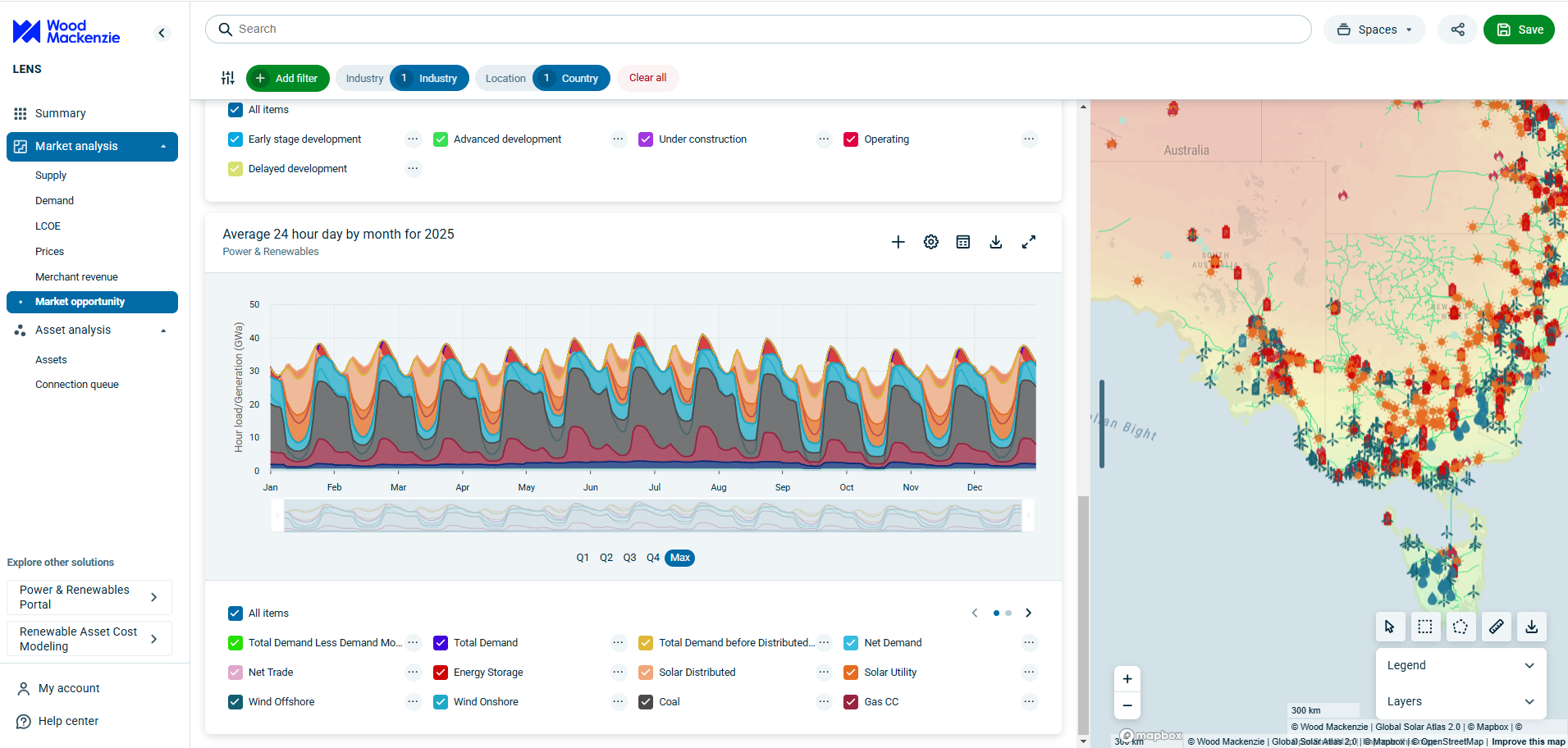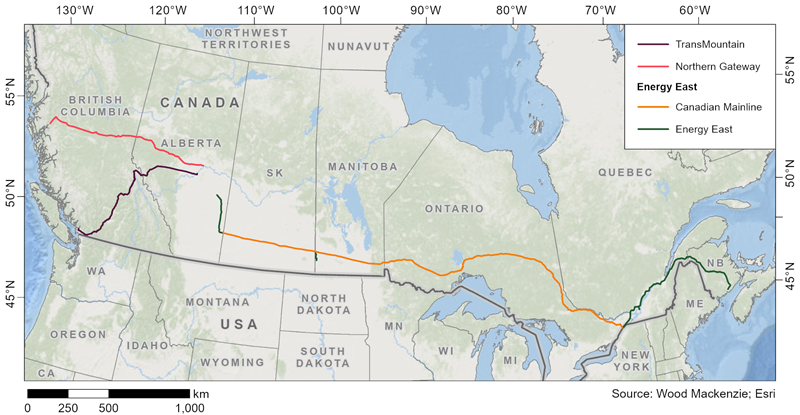The impact of tariffs on Canada’s export market
Shifting tariff regulations between the US and Canada are reshaping the oil market, creating new opportunities for traders. Canada’s exports to other countries could see significant growth, leading to shifts in market dynamics and price volatility
3 minute read
Jim Mitchell
Director of Oil Trading Analytics

Jim Mitchell
Director of Oil Trading Analytics
Jim has 29 years of commodity market experience in crude oil, refined products, shipping, Natural gas, power and grains.
Latest articles by Jim
-
Opinion
Oil and refined products in 2025: a commodity trader’s guide
-
Opinion
The impact of tariffs on Canada’s export market
-
Opinion
Canada’s oil export future: what’s next?
-
Opinion
International Energy Week 2025: our key takeaways for oil & gas
-
Featured
Oil, power, gas trading 2025 outlook
-
Opinion
What is the market impact of Czech refineries shifting away from Druzhba?
The US is Canada’s largest oil importer with approximately 3.6 to 3.8 million barrels of oil per day flowing south of the border through several pipelines. However, tariffs and political tensions have created an incentive for Canada to explore alternative export markets.
There are currently three major pipelines in operation, or under consideration, which could significantly alter Canada's energy exports. But they also come with challenges.
Trans Mountain (TMX) pipeline
The Trans Mountain (TMX) pipeline travels from Alberta and terminates at Burnaby, near Vancouver. It has the capacity to transport 890,000 barrels of export oil per day but is currently operating at around 780,000 and 825,000 barrels. TMX plan on introducing drag reducing agents (DRA) into the pipeline in Q3. This along with pump station enhancements will allow TMX to increase its capacity by another 250,000 barrels per day to bring the total to approximately 1.14 million barrels that can reach the Pacific Ocean through Vancouver port.
However, the shallow waters and amount of traffic through Vancouver restricts the size of ships that can be loaded in the port. Because of this and the restrictions imposed on nighttime loading in the residential area, a bottleneck has occurred. This bottleneck can be eased, however, with simple adaptations.
Northern Gateway
Another route is to revisit the original plan of the pipeline to a deep-water port at Kitimat, British Columbia. There are new discussions taking place about using the existing gas pipeline right of ways of the coastal gas link and the national railway easements that are already in place. The conversion of this could be relatively easy.
Previously, pipeline company Enbridge had explored a proposed project from Alberta to Kitimat designed to carry up to one million barrels per day. It followed a similar route to the gas link but stalled because of regulatory checks and local opposition.
The expansion of the oil pipe towards Kitimat met with opposition from environmental groups and some First Nations communities. However, the proposed tariffs from the US have seen a broad change in thinking from Canadians and new discussions are taking place.
Energy East pipeline
The proposed Energy East pipeline would transport oil from Edmonton to Montreal. The proposed extension is to take this further east through Quebec to the Canaport terminal in New Brunswick for export.
The Canaport terminal at Saint John is a large facility which currently exports LNG. It is well situated and set up to export oil by converting the existing gas pipeline into an oil pipeline. This would have a capacity of approximately 1.1 million barrels per day.
The extension was paused in 2017 because of opposition from Quebec who did not want new pipelines running through the province. However, the change in public attitude means there is the potential for a revised version of this pipeline to be considered. And it could be done within the next three to four years.
Challenges remain, however, as any future version of the project would need to repurpose the infrastructure in place to export the oil once it reaches Montreal, and consideration would need to be given to the means of transporting it through the deep St Lawrence River which often freezes during winter.
Drivers of action
Much of Canada’s response will be driven by the size of the tariffs.
There was a small dip in volumes exported when the 10% tariffs were announced but they have now returned to where they were prior to the announcement. A 25% tariff rise would be enough to change behaviour and push Canada into considering different markets to reduce its reliance on the US for oil sales.
Fill in the form to take a closer look at how we use our Asset Connect and VesselTracker tools to analyse key export routes and their economic impact in this video.







